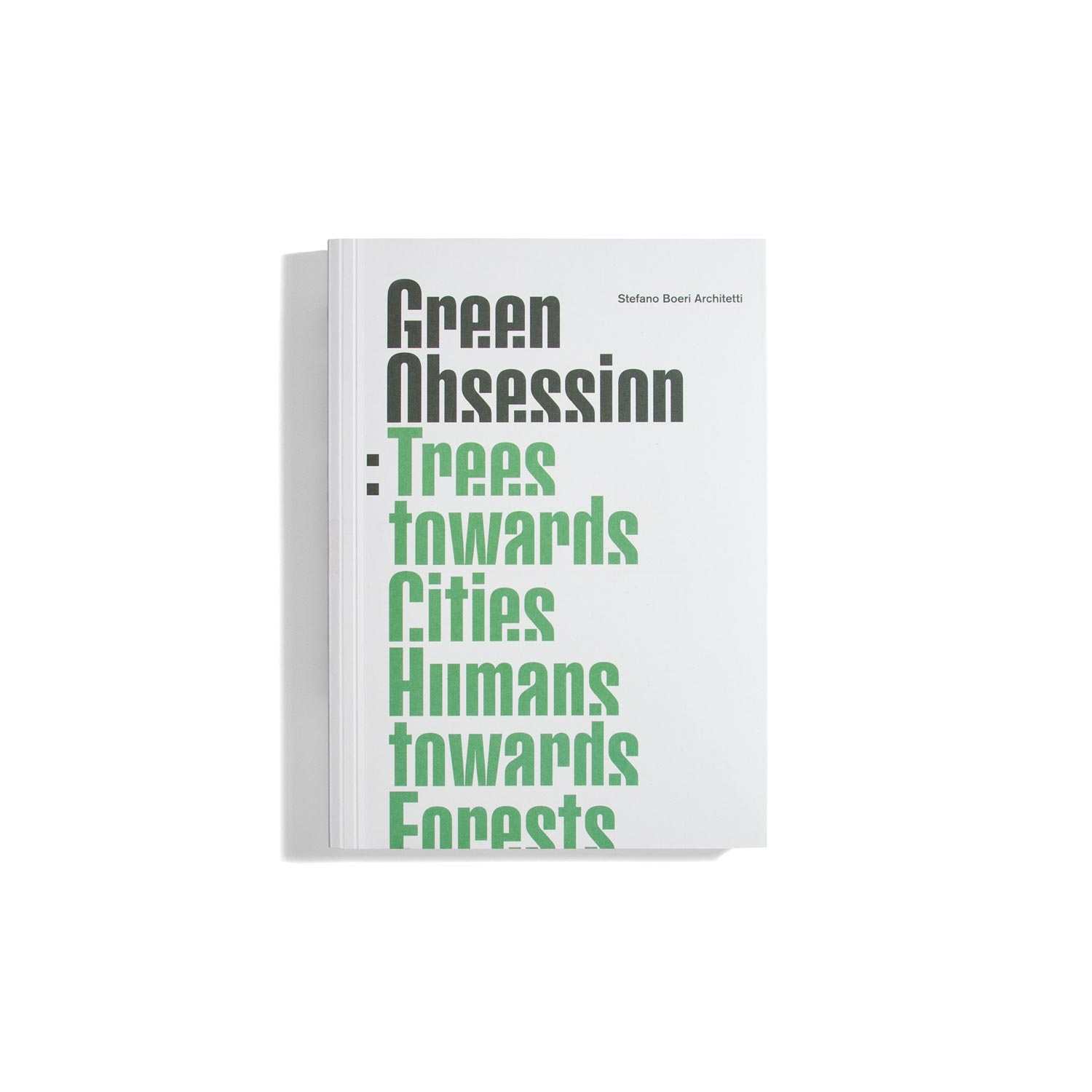Search
20 Sep Green Obsession
Cities have contributed for centuries to the promotion of some of humanity’s greatest ideas, we must now urgently include them as among the principal players in the environmental debate and at the forefront of any policy tackling climate change. Nevertheless, even today one of the most significant technologies capable of absorbing CO2 and restoring our environment is photosynthesis. Planting trees, in addition to protecting, restoring and managing existing natural areas and biodiversity, together with de-carbonization, renewable energies, digitalization, smart mobility and the circular economy could be the set of tools necessary to counter the climate crisis. Today the effects of the Anthropocene age are ever more visible, changing our environment and affecting every species that lives within it. Green Obsession offers a path to be taken, a hard but still necessary paradigm shift –even for architecture and urbanism– that aims to give a voice to this much needed ecological transition. This book aims to unveil the processes and the complexity involved in the search for a new kind of urbanism, while raising questions and opening old wounds related to the relationship between the human species and Nature and finally putting these fragments together to create a portrait of our era.19 Sep All Words and One – Mark Manders
This is a book about a single word: 'Skiapod'. What started with the task to take a single word out of all existing words, and to extend and change the meaning of that word, soon became a fascinating journey through our human history and our strange human minds. In this book you can see how an idea can travel through different periods, crystallize in different artists minds and freeze in various media. From cave drawings to a fax, from Malevich to Guston. The book also formulates questions: why do we need to create images and meaning? What do we try to grasp by creating an image of a mythical figure? Why do we need to do that? And exactly where can we find truth in the different chapters of this book? Does this book also say something about all other existing words? Shall we start making other books about other words? And what is the exact word for the blue printed on the cover of this book?19 Sep Die Lithografin – Gaby Bazin
Welcome to the lithographer’s workshop! Step by step, she reveals the secrets behind the art of the lithograph, a printing technique that can be so amazing, it seems like magic. She explains how water and oil do not mix, how drawings vanish and then later reappear. In this workshop, materials are drawn, inked, etched, rolled, and ground with sand until magical pictures can be printed. This wonderful volume is illustrated in lithographic style—in blue, red, and yellow—and takes us back to the origins of this fascinating reproduction technique. It tells of the many attempts the inventor Alois Senefelder made more than two centuries ago to be able to print multiple copies of ideas, musical notation, and art more easily. He experimented like a chemist until he succeeded in providing stone with a memory, as it were. To this day, lithography is a special art, yet at the same time it also gave rise to the processes that are still used today to print books, newspapers, and posters.13 Sep Intact – Clare Chambers
What would it take for your body to be good enough? The pressure to change our bodies is overwhelming. We strive to defy ageing, build our biceps, cure our disabilities, conceal our quirks. Surrounded by filtered photos and surgically-enhanced features, we must contort our physical selves to prejudiced standards of beauty. Perfection is impossible, and even an acceptable body seems out of reach. In this mind-expanding book, Cambridge philosopher Clare Chambers argues that the unmodified body is a key political principle. While defending our right to change our bodies, she argues that the social pressures to modify undermine equality. She shows how the connected ideas of the natural body, the normal body, and the whole body have been used both to disrupt and to maintain social hierarchies - sometimes oppressing, other times liberating. The body becomes a site of political importance: a place where hierarchies of sex, gender, race, disability, age, and class are reinforced. Through a thought-provoking analysis of the power dynamics that structure our society, and with examples ranging widely from bodybuilding to breast implants, deafness to male circumcision, Intact stresses that we must break away from the oppressive forces that demand we alter our bodies. Instead, it offers a bold, transformative vision of the human body that is equal without expectation.









